Optimal Timing for Window Tinting
Window tinting can be performed throughout the year, but certain conditions can influence the quality and longevity of the application. Optimal temperatures and weather conditions ensure proper adhesion and curing of the tint film. Understanding seasonal variations and environmental factors helps determine the best time to schedule tinting services.
The best time for window tintings is during periods with temperatures between 60°F and 85°F. This range promotes optimal adhesion and curing of the tint film.
Dry, sunny days with low humidity are preferable to prevent moisture from affecting the tinting process.
Spring and fall often provide stable weather conditions, making them ideal for window tinting projects.
High heat, rain, or cold temperatures can compromise the quality of the tint application and curing process.
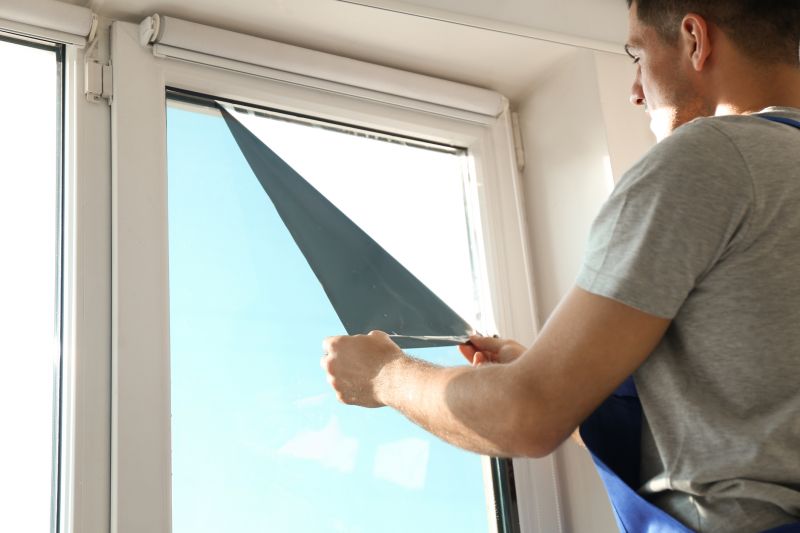
Optimal conditions for applying window tint during spring with mild temperatures and low humidity.

Performing tinting in early summer can be effective, provided temperatures are controlled and not excessively hot.
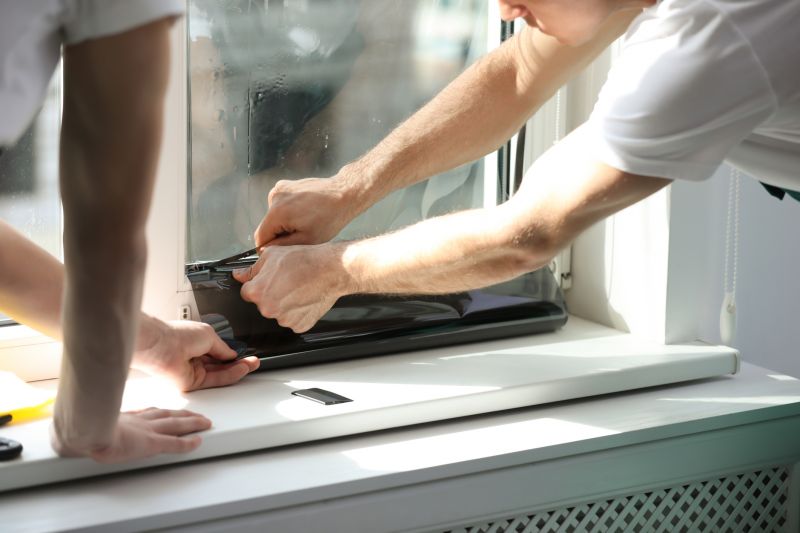
Fall offers stable weather and moderate temperatures, suitable for window tinting projects.
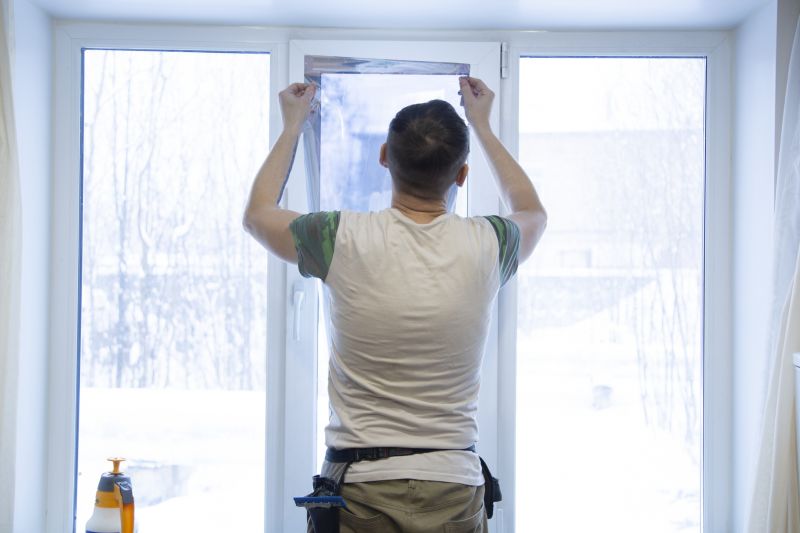
While possible, winter tinting requires careful planning to avoid cold and moisture issues.
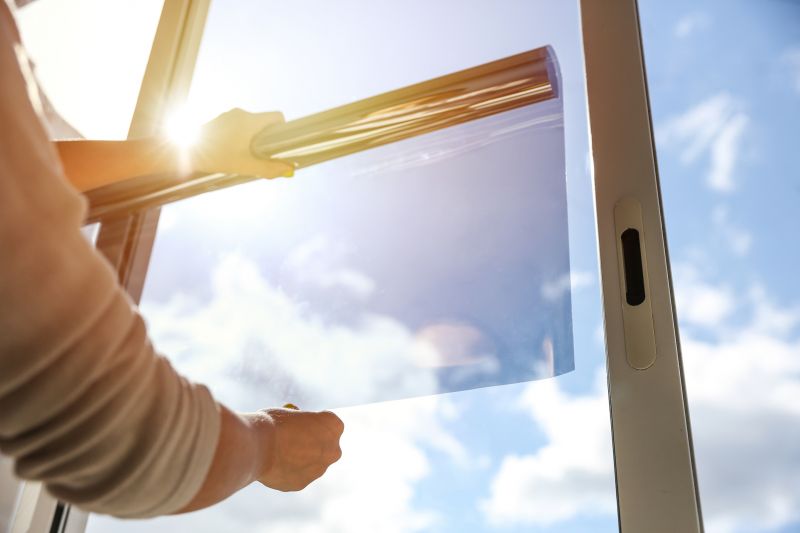
Clear, dry days enhance adhesion and curing of window tint films.
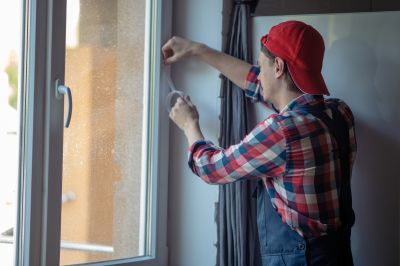
Rain can interfere with the tinting process and affect the final appearance.
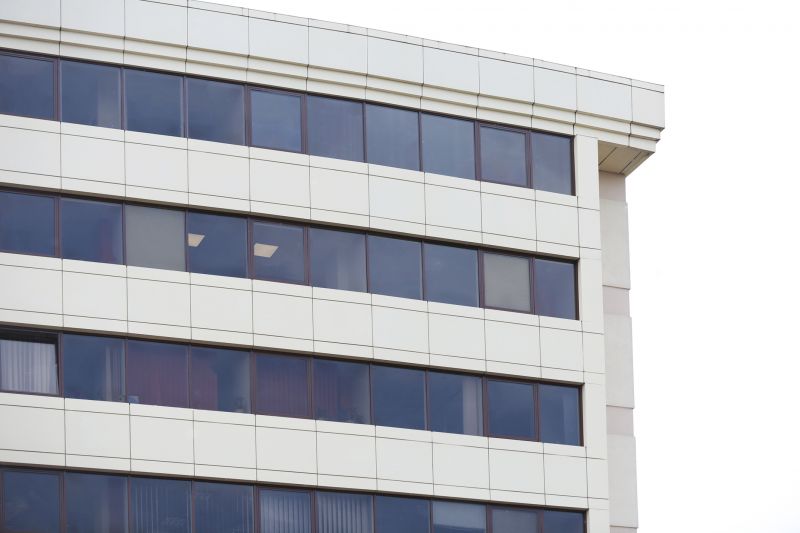
Scheduling during times with stable temperatures prevents issues related to thermal expansion or contraction.

Indoor tinting can be scheduled year-round, independent of weather conditions.
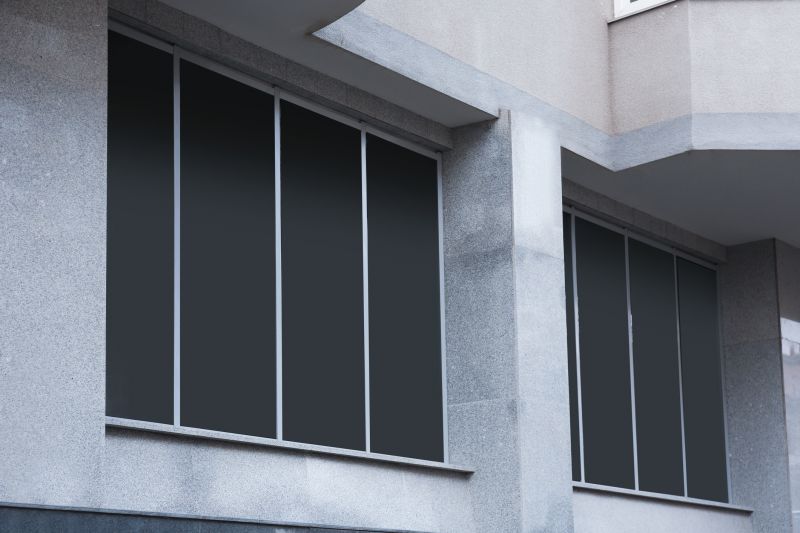
Proper planning ensures that tinting is completed under optimal conditions for durability and appearance.
| Season | Recommended Conditions |
|---|---|
| Spring | Mild temperatures, low humidity, dry days |
| Summer | Early summer with controlled temperatures, avoid peak heat |
| Autumn | Stable weather, moderate temperatures |
| Winter | Cold temperatures, moisture considerations, indoor options |
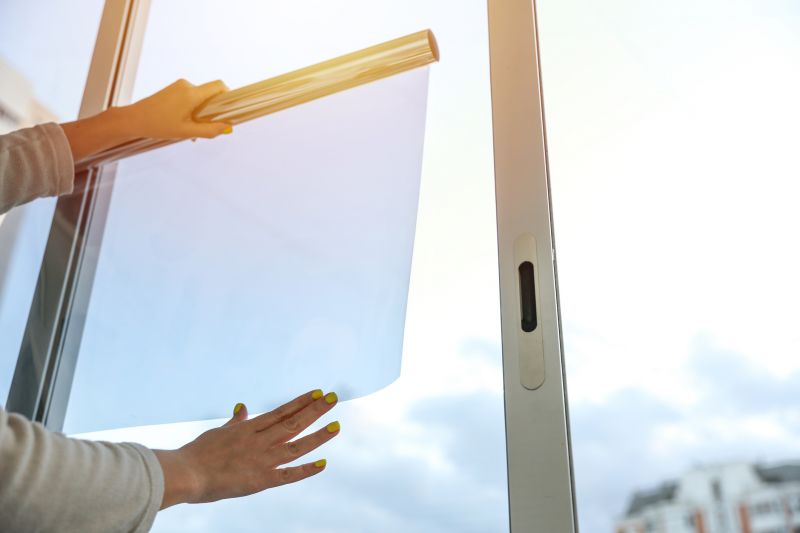
Applying tint during sunny days ensures better adhesion and curing.

Scheduling during moderate temperatures helps achieve the best results.

Indoor tinting options allow for year-round scheduling regardless of outdoor weather.
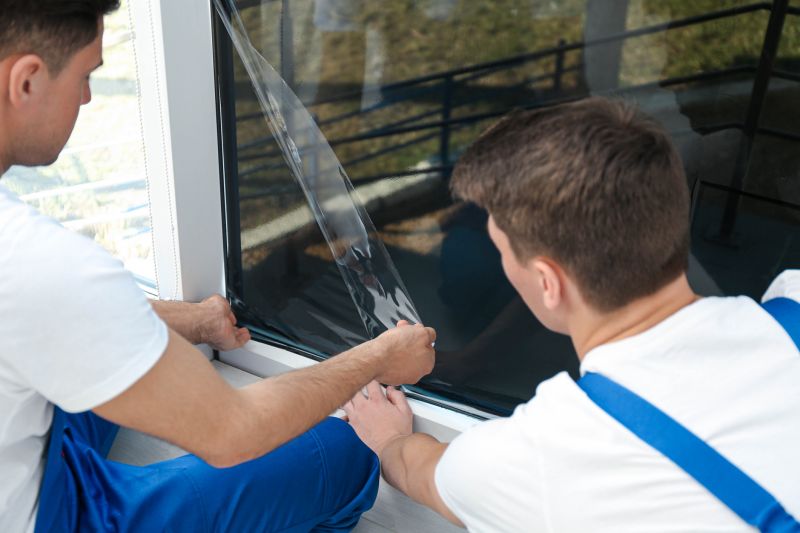
Using professional tools during optimal conditions ensures quality installation.
Interested parties are encouraged to contact for more information or to schedule a window tinting appointment. Proper timing and preparation can significantly impact the durability and appearance of the tinting film, ensuring long-lasting results.
